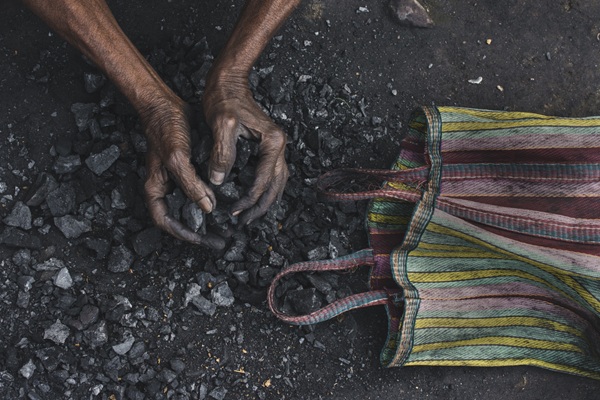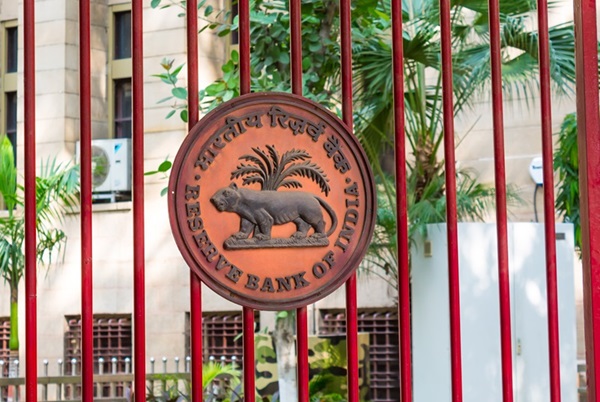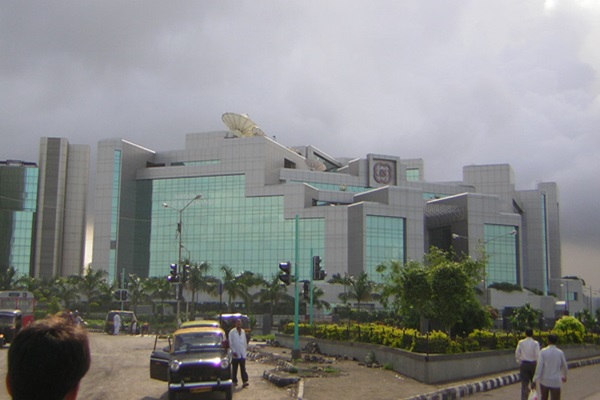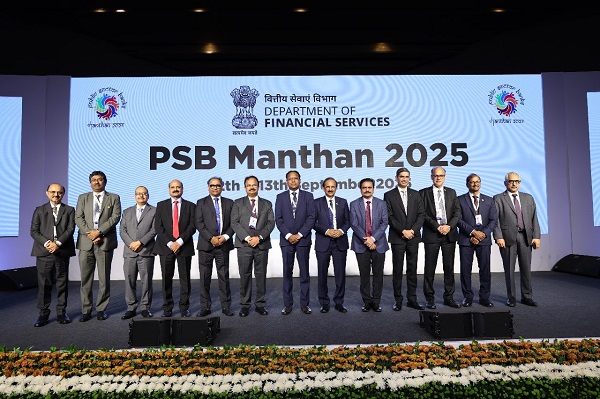.png)

By TK Arun
T.K. Arun, ex-Economic Times editor, is a columnist known for incisive analysis of economic and policy matters.
October 17, 2025 at 12:43 PM IST
If winter comes, can spring be far behind? Given the 23.5 degree tilt of the earth’s axis, which produces the seasons during the course of the planet’s steady rotation around the sun, such poetic expectation of inevitable good tidings is pretty realistic. But the hope that if you build giant data centres, a boom in artificial intelligence capability and its applications would follow rests on shakier ground. That is not holding the hands of assorted investors as they prepare to pour trillions of dollars ($3.2 trillion, according an estimate reported by The Economist) in the sector. India, too, is getting a slice of this pie.
Google has just announced an investment of $10 billion to put up a 1 Gigawatt data centre in Visakhapatanam. It is tying up with Adani and Bharti Airtel for the project. TCS has announced its own data centre plan, hoping to invest $6.5 billion and eventually build up 1GW of data centre capacity.
Why is data centre capacity measured in Megawatt and Gigawatt, the unit for measuring electric power, rather than petaflops, the unit for processing capacity, or Gigabits, the unit for data storage? This is because the same building shell can house very different processing and storage memory capacity, depending on the kinds of chips used. A large data centre can house millions of processors, and these generate heat. If the processors in question are graphic processor units, of the kind used for AI, rather than general purpose central processing units, the heat generated, and is required to be dissipated, would be considerable. Depending on the sophistication of the cooling system in place, anything from less than 10% to more than half the power consumed by the data centre can go to HVAC (heating, ventilation and air conditioning).
Efficient data centres aim to achieve power usage effectiveness, or PUE, between 1.2 to 1.4, meaning that the overall power consumed by the data centre would be 20% to 40% more than the power consumed by its IT hardware — processors, networking, firewall, etc.
The Ambanis, too, plan to build data centres. The Hiranandanis, CntrlS, and several others have data centre plans. The government has offered a 20-year tax holiday, in its draft policy on data centre promotion. Cushman and Wakefield recently forecast a data centre capacity of 2.9 GW by 2030, only to see the Government of Andhra Pradesh alone proposing to set up capacity of 6 GW.
McKinsey’s forecast of global data centre capacity by 2030 ranges from 171 GW to 278 GW. Citibank and Goldman Sachs, as well as assorted real estate consultancies have their own forecasts, falling within the McKinsey range.
Considering the growing application of AI to offensive and defensive capability in national security, and in determining economic competitiveness, there is no reason to believe that there would be any let up in the race to build and acquire AI capability among the world’s major powers. India’s policymakers are conditioned to see indigenous AI capability as an integral part of strategic autonomy. That means that India would be a vigorous runner in the data centre race.
India’s installed power generation capacity is a little short of 500 GW. Should we work up a sweat if data centres take up and squat on say, 10 GW of that capacity, just 2%? We should. Half of the country’s installed capacity is renewable, meaning, it is intermittent. India does not support renewables with storage. The intention to announce a storage policy was declared in Budget 2024. Twenty months on, there is still no policy. Data centres demand round-the-clock, uninterrupted power supply.
The plant-load factor for coal and lignite plants, which can supply power round-the-clock is about 70%. That means that the power demand for data centres works out to almost 6% of available round-the-clock capacity. A massive transition to electrification of everything from transport to cooking forms the background to the coming up of data centres. India will have no capacity to spare, and would have to increase capacity significantly. At the same time, India wants to move towards the goal of net zero emissions.
The challenge is to generate a whole lot of additional power, and still minimize greenhouse gas emissions. How do we do that?
The simplest way is to gasify our coal, burn the gas to generate power, capture the carbon dioxide emissions generated and use it for something economically productive. Coal can be converted into a mixture of carbon monoxide and hydrogen, called syngas, or into methane, either of which can be used as fuel to produce electricity. Some technology for this dates back to the 19th century, when gas for street lighting was generated from coal. Some of the tech for converting coal into more complex hydrocarbons dates back to the Third Reich, and later, to South Africa’s apartheid regime. Coal conversion is the route to reduce imports of oil and liquefied natural gas.
Regardless of whether the lineage of the tech leaves a bad taste in the mouth, better ways of converting coal into low-emission electricity need to be explored and developed. Pyrolysis of methane yields pure carbon and hydrogen, both valuable products. Hydrogen can be used as fuel in a gas turbine to generate power with zero emissions.
Even as we perfect the technology to transition from coal to clean-burning hydrogen, we have the option of converting coal to syngas and methane, and burning these to produce power with far less of an emission load as compared to burning coal directly as we do. The CO2 generated in the process must be captured and utilised.
AI, data centres, the green transition and generalized electrification all call for far more intensive and intelligent use of our domestically abundant fuel, coal, accompanied by serious research into efficient conversion of coal into hydrogen and into carbon capture and use.
The latest chemistry Nobel is for Metal-Organic Frameworks and Covalent Organic Frameworks, synthetic materials with pores that can be tailored to capture and store specific gases, such as CO2. These are waiting to be explored to realise their potential for use in the green transition.




